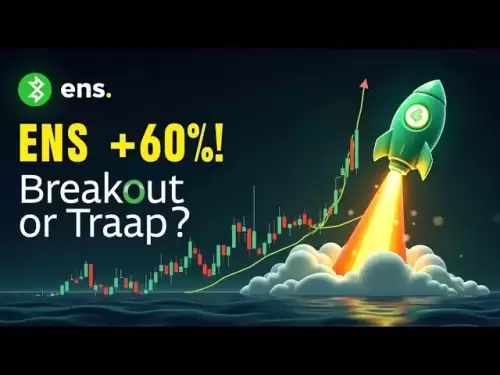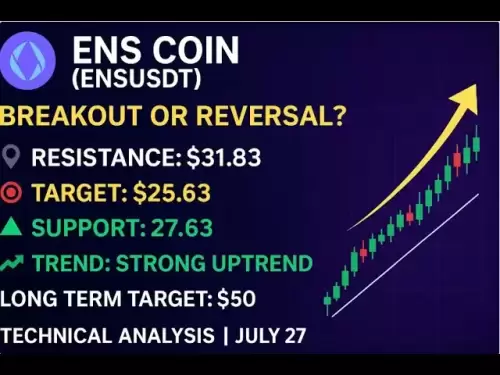-
 Bitcoin
Bitcoin $117900
0.31% -
 Ethereum
Ethereum $3766
0.28% -
 XRP
XRP $3.176
-0.31% -
 Tether USDt
Tether USDt $1.000
0.00% -
 BNB
BNB $795.6
1.51% -
 Solana
Solana $186.8
-1.09% -
 USDC
USDC $0.9999
-0.01% -
 Dogecoin
Dogecoin $0.2353
-1.33% -
 TRON
TRON $0.3226
1.49% -
 Cardano
Cardano $0.8172
-1.08% -
 Sui
Sui $4.178
3.06% -
 Hyperliquid
Hyperliquid $43.05
-3.39% -
 Stellar
Stellar $0.4367
-0.57% -
 Chainlink
Chainlink $18.62
1.47% -
 Hedera
Hedera $0.2828
6.63% -
 Bitcoin Cash
Bitcoin Cash $584.7
5.65% -
 Avalanche
Avalanche $24.81
2.53% -
 Litecoin
Litecoin $112.8
-0.88% -
 UNUS SED LEO
UNUS SED LEO $8.975
-0.08% -
 Shiba Inu
Shiba Inu $0.00001395
-1.07% -
 Toncoin
Toncoin $3.285
-1.05% -
 Ethena USDe
Ethena USDe $1.001
0.01% -
 Polkadot
Polkadot $4.123
0.76% -
 Uniswap
Uniswap $10.49
-0.18% -
 Monero
Monero $326.5
0.14% -
 Dai
Dai $0.9999
-0.02% -
 Bitget Token
Bitget Token $4.576
0.34% -
 Pepe
Pepe $0.00001247
-1.55% -
 Cronos
Cronos $0.1400
3.77% -
 Aave
Aave $295.1
-0.73%
How is the handling fee of USDT trading calculated?
USDT trading fees vary widely across exchanges, using percentage-based, tiered, or fixed fee structures. Maker/taker fees, trading volume, and the specific trading pair all influence the final cost, so comparing fees is crucial for maximizing profits.
Mar 07, 2025 at 12:00 am
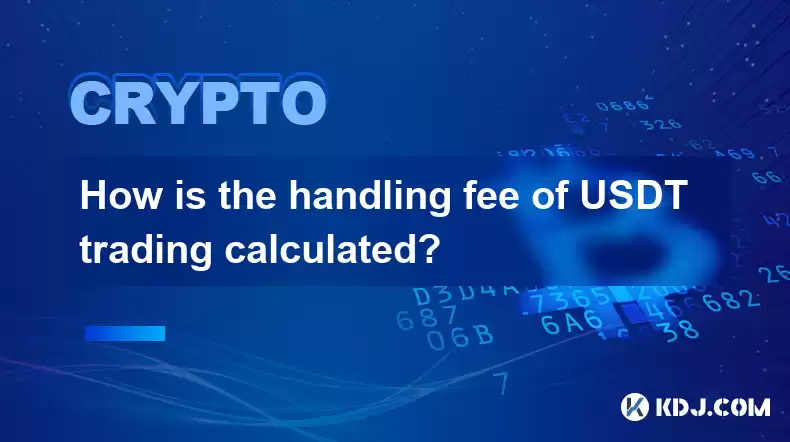
Key Points:
- USDT trading fees vary significantly depending on the exchange used.
- Fees are typically calculated as a percentage of the trade value or a fixed fee per trade.
- Maker and taker fees are common, with makers often receiving lower fees or rebates.
- Factors influencing fees include trading volume, trading pair, and the exchange's fee structure.
- Understanding fee structures is crucial for maximizing profitability in USDT trading.
How is the handling fee of USDT trading calculated?
The calculation of handling fees for USDT trading isn't uniform across all cryptocurrency exchanges. Different platforms employ various methods, leading to a diverse range of costs. Understanding these variations is vital for choosing the most cost-effective platform for your trading activities. Ignoring fee structures can significantly impact your overall profit margin.
Many exchanges use a percentage-based fee structure. This means the fee is a certain percentage of the total value of the USDT trade. For instance, an exchange might charge 0.1% of the trade value. So, if you trade 100 USDT, the fee would be 0.1 USDT. This percentage can fluctuate depending on the trading volume or VIP status.
Some exchanges employ a tiered fee system. This system offers lower fees to high-volume traders. The more USDT you trade, the lower the percentage charged per transaction. This incentivizes active trading and rewards loyalty. Each tier has its own fee percentage, providing a scalable cost structure.
Another common approach is a fixed fee structure. Here, the fee is a flat amount regardless of the trade size. For example, a fixed fee might be 0.01 USDT per trade. While seemingly simple, this structure can be less advantageous for large trades compared to percentage-based systems.
Many exchanges differentiate between "maker" and "taker" fees. Maker fees apply when you add liquidity to the order book (placing a limit order that doesn't immediately fill). Taker fees apply when your order matches an existing order in the order book (placing a market order). Maker fees are often lower or even negative (rebates), while taker fees are generally higher.
The trading pair also influences the fee. USDT pairs with different cryptocurrencies might have different fee structures. An exchange might charge a higher fee for a less liquid trading pair, reflecting the higher risk involved in facilitating those trades. Always check the specific fees for your chosen trading pair.
The exchange's overall fee structure is a critical factor. Some exchanges are known for their low fees, making them attractive to budget-conscious traders. Others might offer a higher fee but provide additional services, like advanced charting tools or faster transaction speeds. The balance between cost and added value needs careful consideration.
Beyond the basic trading fees, some exchanges might impose additional charges. These could include withdrawal fees for transferring USDT out of the exchange or fees associated with using specific trading features. Always review the full fee schedule before starting to trade.
Step-by-Step Example (Illustrative):
Let's imagine you're trading on an exchange with a tiered fee structure:
- Step 1: Determine your trading volume. Let's say you're trading 1000 USDT.
- Step 2: Identify your tier based on your trading volume. Suppose you fall into the "medium volume" tier with a 0.05% fee.
- Step 3: Calculate the fee: 1000 USDT * 0.0005 = 0.5 USDT. This would be your trading fee for that transaction.
This is a simplified example. The actual fee calculation will vary depending on the specific exchange and its fee structure.
Common Questions:
Q: Are USDT trading fees the same across all exchanges?
A: No, USDT trading fees vary considerably depending on the exchange's fee structure, trading volume, and the specific trading pair.
Q: What are maker and taker fees?
A: Maker fees apply to limit orders that add liquidity, while taker fees apply to market orders that remove liquidity. Maker fees are often lower or even negative (rebates), while taker fees are generally higher.
Q: How can I find the fee schedule for a specific exchange?
A: Most exchanges clearly outline their fee schedules on their websites, usually within a section titled "Fees," "Pricing," or "Trading Fees." Look for details on maker/taker fees, tiered systems, and any additional charges.
Q: Do withdrawal fees apply to USDT?
A: Yes, many exchanges charge fees for withdrawing USDT to an external wallet. These fees are usually a fixed amount or a small percentage of the withdrawn amount and vary between exchanges. Check the exchange's fee schedule for specific details.
Q: Are there exchanges with no fees for USDT trading?
A: While some exchanges advertise "zero-fee" trading, this often refers to a limited period or specific promotional offers. Most exchanges charge some form of fee, even if it's minimal. Always verify the terms and conditions.
Q: How do I minimize my USDT trading fees?
A: To minimize fees, consider using exchanges with low fee structures, increasing your trading volume to qualify for lower tiered fees, placing limit orders (maker orders) to potentially receive rebates or lower fees, and carefully comparing fees across different platforms before trading.
Q: What factors besides trading volume affect USDT trading fees?
A: Besides trading volume, factors like the specific trading pair (e.g., USDT/BTC vs. USDT/ETH), the exchange's overall fee structure (some exchanges have consistently lower fees than others), and any promotional offers or discounts can influence the final fee charged.
Disclaimer:info@kdj.com
The information provided is not trading advice. kdj.com does not assume any responsibility for any investments made based on the information provided in this article. Cryptocurrencies are highly volatile and it is highly recommended that you invest with caution after thorough research!
If you believe that the content used on this website infringes your copyright, please contact us immediately (info@kdj.com) and we will delete it promptly.
- Bitcoin, Ruvi AI, and CoinMarketCap: Navigating the Future of Crypto
- 2025-07-28 02:30:12
- Dogwifhat (WIF) Eyes Bullish Breakout: Can It Breach $1.20?
- 2025-07-28 02:50:12
- Bitcoin Bounces: How the US-China Tariff Truce Impacts Crypto
- 2025-07-28 02:50:12
- Bitcoin Bull Market: Price Targets and Expert Takes
- 2025-07-28 02:30:12
- Cardano Price Rockets: ADA Jumps Past Resistance, $2 Target in Sight?
- 2025-07-28 01:30:14
- Ruvi AI: The Next Solana? Riding the AI Token Wave on CoinMarketCap
- 2025-07-28 00:50:16
Related knowledge

How to choose a reliable USDT exchange service provider? How to identify?
Jun 12,2025 at 03:15pm
Understanding the Role of USDT in Cryptocurrency TradingUSDT (Tether) is one of the most widely used stablecoins in the cryptocurrency market. It is d...
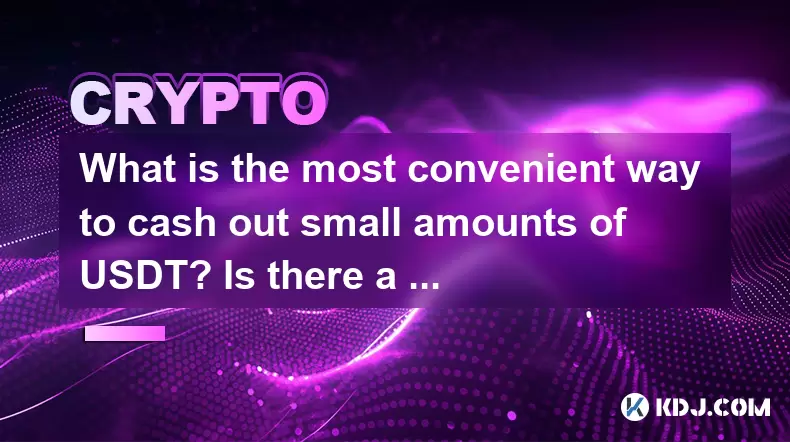
What is the most convenient way to cash out small amounts of USDT? Is there a shortcut?
Jun 11,2025 at 11:00pm
Understanding the Need to Cash Out Small USDT AmountsCashing out small amounts of USDT can be a challenge for many crypto users. Traditional methods o...
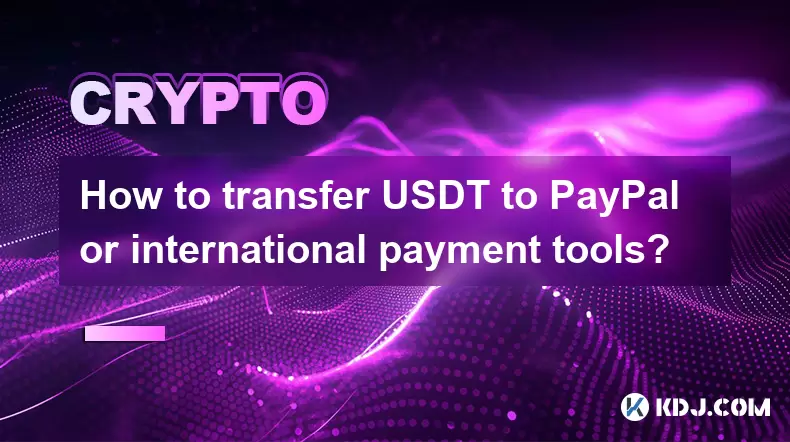
How to transfer USDT to PayPal or international payment tools?
Jun 15,2025 at 05:28am
Understanding the Basics of USDT and PayPal IntegrationUSDT (Tether) is a stablecoin pegged to the US dollar, offering blockchain-based value transfer...
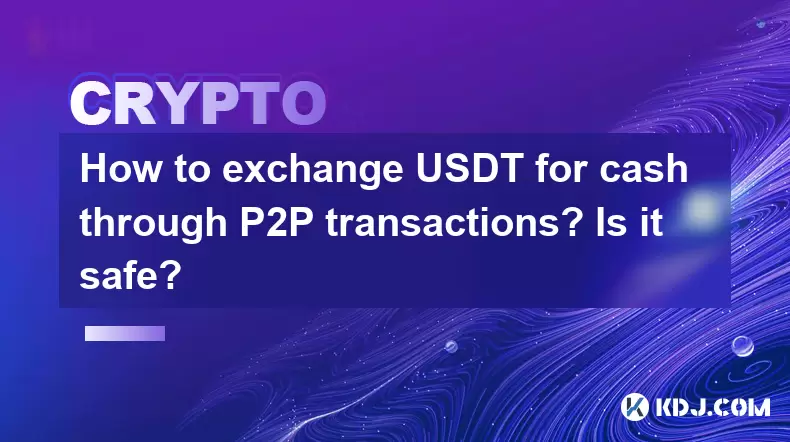
How to exchange USDT for cash through P2P transactions? Is it safe?
Jun 18,2025 at 07:56am
Understanding USDT and P2P TransactionsTether (USDT) is a stablecoin pegged to the value of the US dollar, making it a popular choice for users who wa...
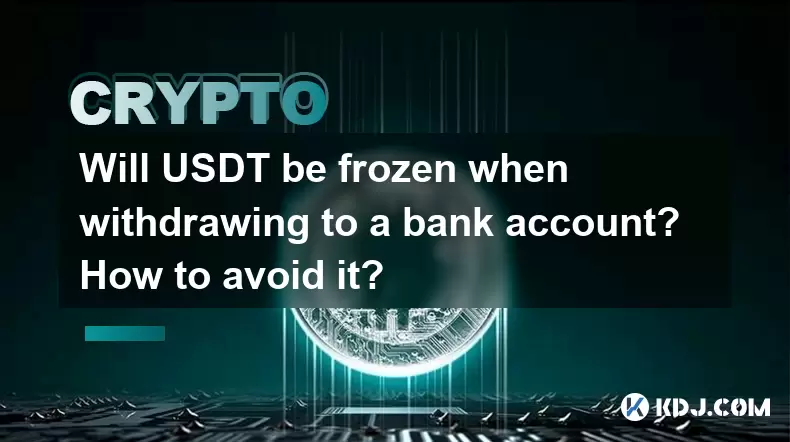
Will USDT be frozen when withdrawing to a bank account? How to avoid it?
Jun 15,2025 at 10:03am
Understanding USDT Withdrawals and Bank Account Freezing RisksWhen users decide to withdraw USDT (Tether) to a bank account, one of the most common co...
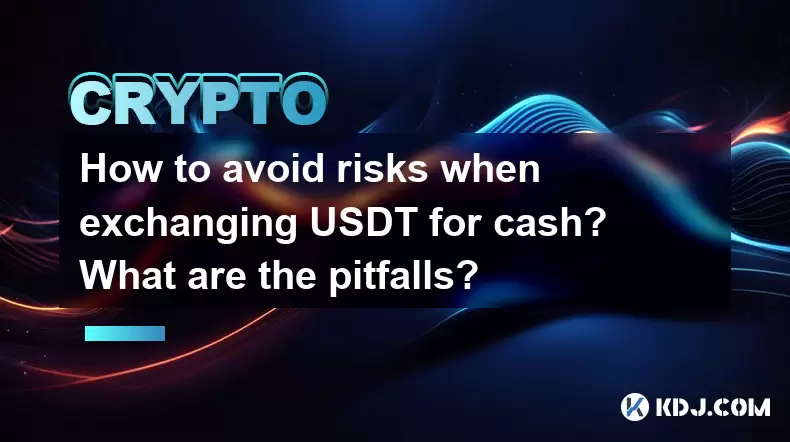
How to avoid risks when exchanging USDT for cash? What are the pitfalls?
Jun 11,2025 at 08:14pm
Understanding the Risks of Exchanging USDT for CashWhen exchanging USDT (Tether) for cash, users must be aware of the potential risks involved. As a s...

How to choose a reliable USDT exchange service provider? How to identify?
Jun 12,2025 at 03:15pm
Understanding the Role of USDT in Cryptocurrency TradingUSDT (Tether) is one of the most widely used stablecoins in the cryptocurrency market. It is d...

What is the most convenient way to cash out small amounts of USDT? Is there a shortcut?
Jun 11,2025 at 11:00pm
Understanding the Need to Cash Out Small USDT AmountsCashing out small amounts of USDT can be a challenge for many crypto users. Traditional methods o...

How to transfer USDT to PayPal or international payment tools?
Jun 15,2025 at 05:28am
Understanding the Basics of USDT and PayPal IntegrationUSDT (Tether) is a stablecoin pegged to the US dollar, offering blockchain-based value transfer...

How to exchange USDT for cash through P2P transactions? Is it safe?
Jun 18,2025 at 07:56am
Understanding USDT and P2P TransactionsTether (USDT) is a stablecoin pegged to the value of the US dollar, making it a popular choice for users who wa...

Will USDT be frozen when withdrawing to a bank account? How to avoid it?
Jun 15,2025 at 10:03am
Understanding USDT Withdrawals and Bank Account Freezing RisksWhen users decide to withdraw USDT (Tether) to a bank account, one of the most common co...

How to avoid risks when exchanging USDT for cash? What are the pitfalls?
Jun 11,2025 at 08:14pm
Understanding the Risks of Exchanging USDT for CashWhen exchanging USDT (Tether) for cash, users must be aware of the potential risks involved. As a s...
See all articles





















